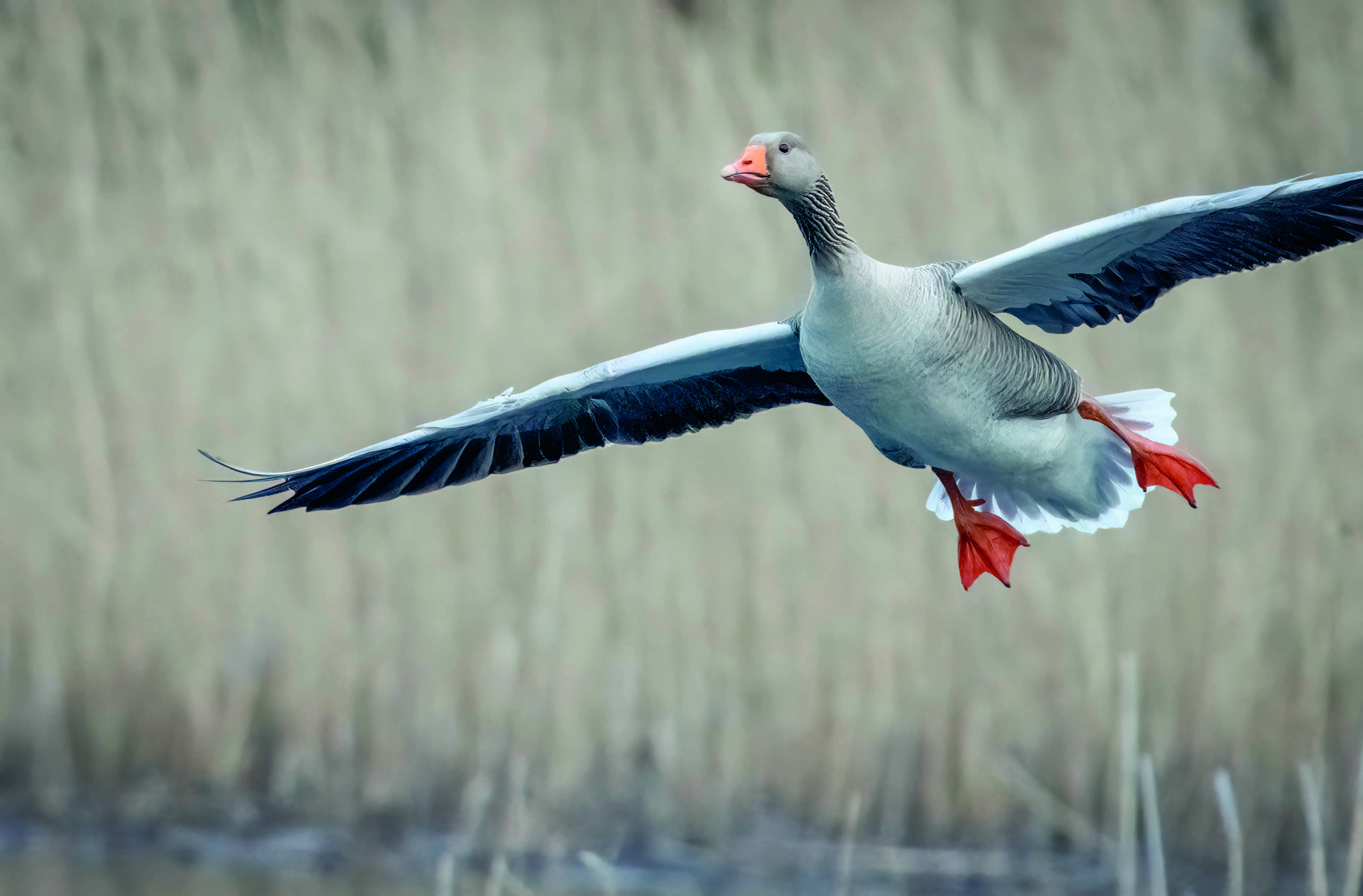It’s time to wing it
Submitting duck, goose and wader wings will provide vital information on quarry species, so join the first Wing Week, urges Conor O’Gorman.

WAGBI (Wildfowlers’ Association of Great Britain and Ireland, now BASC), supported by its members and clubs, has a long and proud history of research into the biology and ecology of ducks and geese.
There is a fascinating, albeit grainy, video clip available on Vimeo of the first British expedition to Greenland in 1979 to study the Greenland whitefronted goose, which was funded by WAGBI. The team had supplies dropped by RAF Hercules aeroplane but unfortunately one of the parachutes didn’t open, so much of that load was destroyed or damaged. Nonetheless the team was still able to successfully catch and ring many birds.
Of course, that is the tip of the iceberg of WAGBI’s, then BASC’s, efforts to better understand the ecology and conservation needs of our quarry species and to ensure a continued sustainable harvest.
Wing survey
A longstanding research project started by WAGBI in the 1960s and continued by BASC today is the Wing Survey. This tells us the ages and sexes of the quarry species shot and submitted each year. The best data is from 1986 onwards and since then we have had more than 46,000 wings submitted to the survey.
The Wing Survey is a voluntary initiative to which anyone shooting wildfowl and waders can contribute. To take part, we ask people to remove one wing from each duck, goose or wader they shoot and submit it to BASC along with the date and location it was shot.
For goose wings, there is also the option of using a software tool, the Epicollect5 app, to submit wing data via a photograph, so there is no need to remove the wing.
The wings of birds can tell us a lot about the populations we are shooting, which in turn can help us identify pressures affecting wildfowl populations, not only in the UK but across the migratory flyways. With our collaborative working relationships across Europe, we can use wing survey data to inform management and conservation work in the UK and across those flyways.
For wing surveys to be successful they require a good sample size of wings per species so they can be as representative as possible to the populations of quarry species. In the UK we have the most data on wigeon and teal. From that data it seems that teal are producing fewer offspring annually so we are seeing fewer juveniles in the wintering population. This might have long-term impacts on the population size of teal, so it is important that we keep monitoring this age ratio.
Wigeon populations are showing gradual declines across some parts of their range so it is important that we keep collecting data on age ratios within this population too. This data may tell us if there is a reduction in juveniles being added to the population and what aspects of wigeon populations need more research.
Thank you to readers who have supported the Wing Survey over the years, and we hope to meet some of you at the upcoming wing week events.








